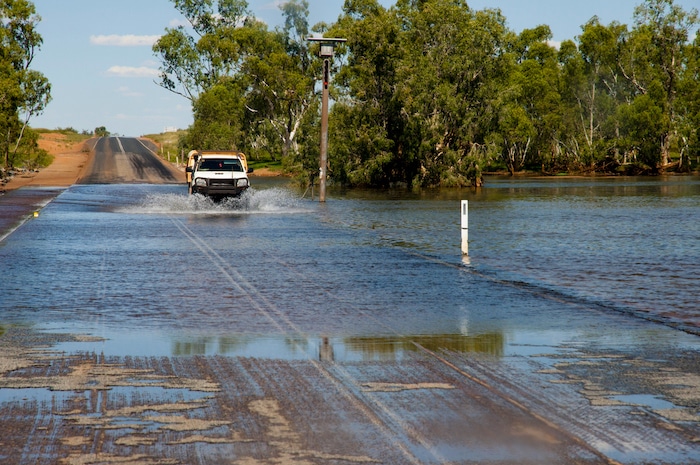How to prepare the home against fire hazards caused by natural disasters

Road Flooding in the Outback
Australia is renowned for being a land of opportunity, but it is also a land of resilience. Natural disasters are common, with bushfires and drought often ravaging large parts of the continent, as well as heavy rainfall, cyclones and floods. These extreme weather conditions and natural disasters can result in emergency situations that devastate people’s homes and livelihoods.
Australia’s propensity to natural disasters can be linked to the country’s climate which is strongly influenced by the El Niño Southern Oscillation (ENSO), a naturally occurring phenomenon that can cause extremely strong and intense weather patterns across large parts of northern and eastern Australia. ENSO is the result of oscillation between the La Niña and El Niño effect that generates fluctuations in the atmosphere, disrupting the normal air circulation and trade wind patterns in the Pacific Ocean.
Following a period of extremely dry weather in 2019 and 2020 that saw the worst bushfires in Australia’s recorded history, the Bureau of Meteorology announced in November 2021 that a La Niña had formed in the western Pacific Ocean. This change in weather pattern is expected to increase sea temperatures and subsequently atmospheric moisture, which may cause intense rainfall across parts of Australia in 2022.
While the bushfire risk might seem significantly reduced in a climate with heavy rainfall, fire remains an ever-present hazard. Natural disasters such as floods and cyclones can potentially cause electrical storms that can spark fires when trees, homes and other tall structures are struck by lightning. These risks stemming from La Niña’s unpredictable weather patterns is a warning for residents to prepare ahead.
From bushfires to floods, natural disasters often cause large-scale destruction to homes and communities. Damage is often unavoidable but there are several tips that can help save lives, protect homes and minimise the fallout after a natural disaster has occurred:
- Understand your neighbourhood’s risk profile and ensure your home’s insurance policy is both appropriate for the risk level and up to date. Take photos of important documents and keep hardcopies in a fireproof safe along with any cherished valuables.
- Prepare an emergency evacuation plan for your property and discuss the plan with all household members to ensure everyone knows what they should do in the event of a disaster. The plan should also include important contact numbers for fire and emergency services, family, friends and neighbours.
- Maintain your property from undue damage by:
- cutting back overgrown trees and large overhanging branches that may break and damage the home
- clearing the garden of large objects such as outdoor furniture or gardening equipment that could be swept up in strong windy conditions
- regularly checking gutters, stormwater pipes and drains for blockages that may become blocked during heavy rainfall.
- Create an emergency kit with tools, torches, batteries, long-life food items and a phone charger. Remember to store your kit in an area which can be easily accessed by everyone in your home, including children.
Natural disasters can strike at any time which is why it’s important to be prepared. Visit our website for more tips and resources including fire safety advice and bushfire checklist, or to update your fire emergency equipment, contact our team on 133 166.

